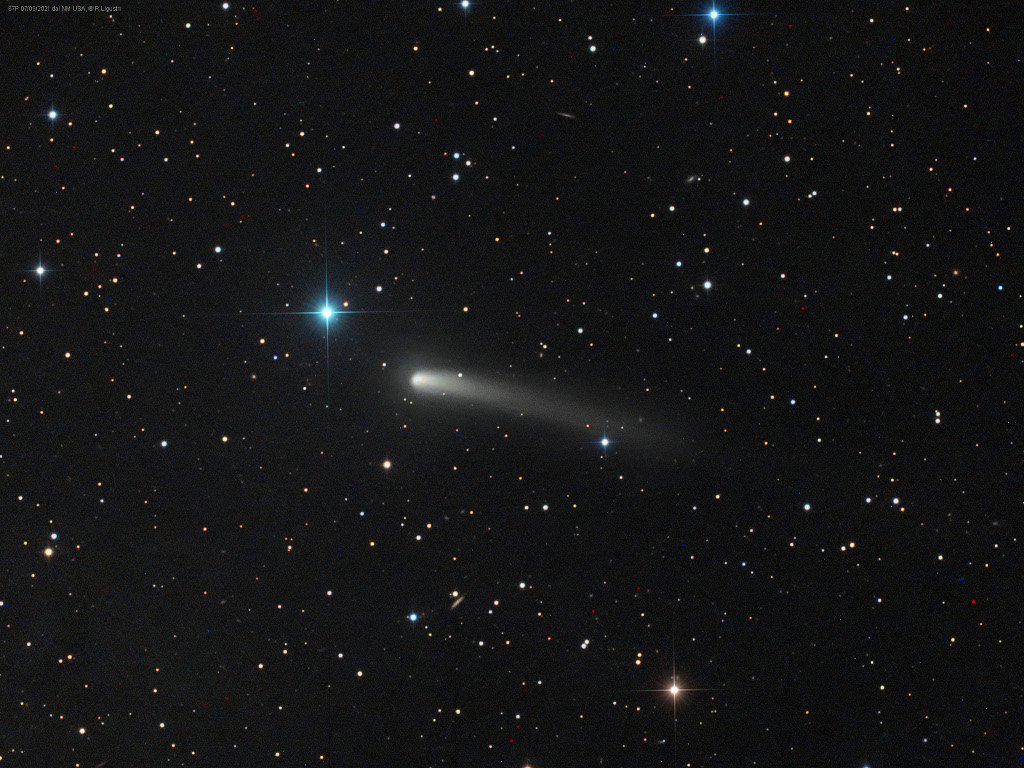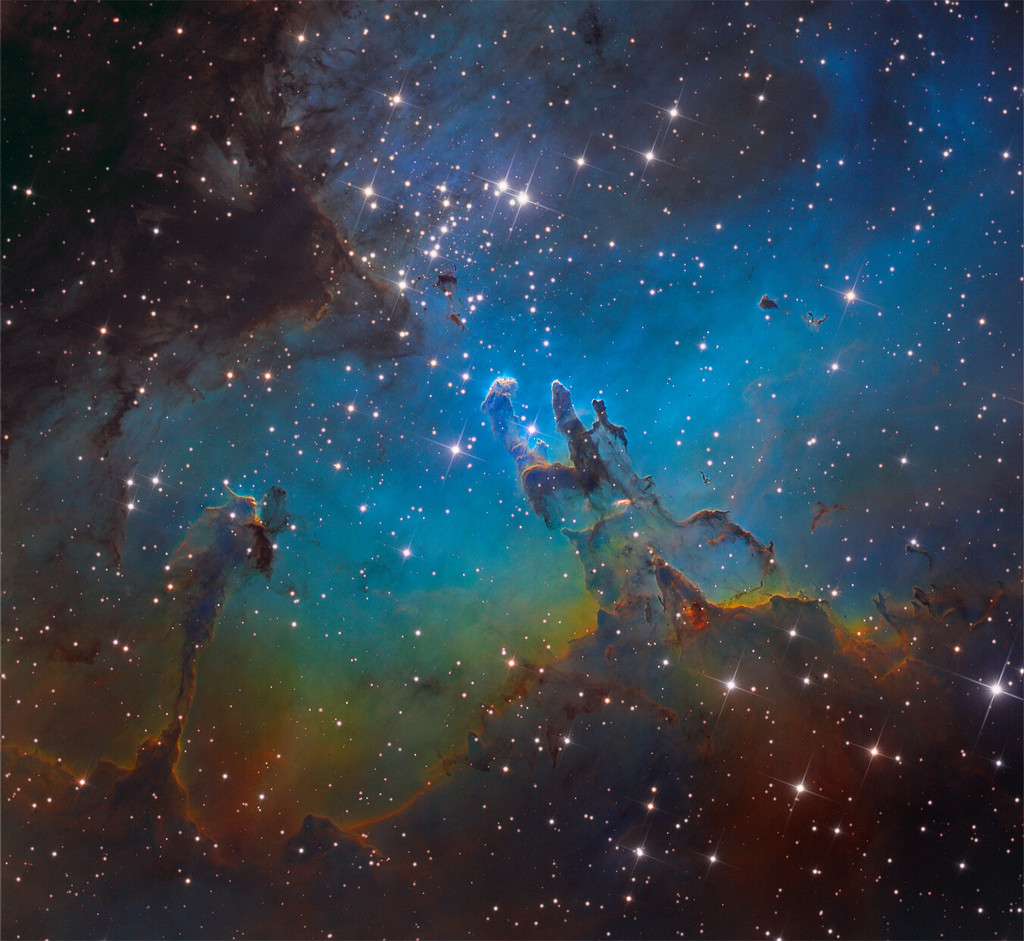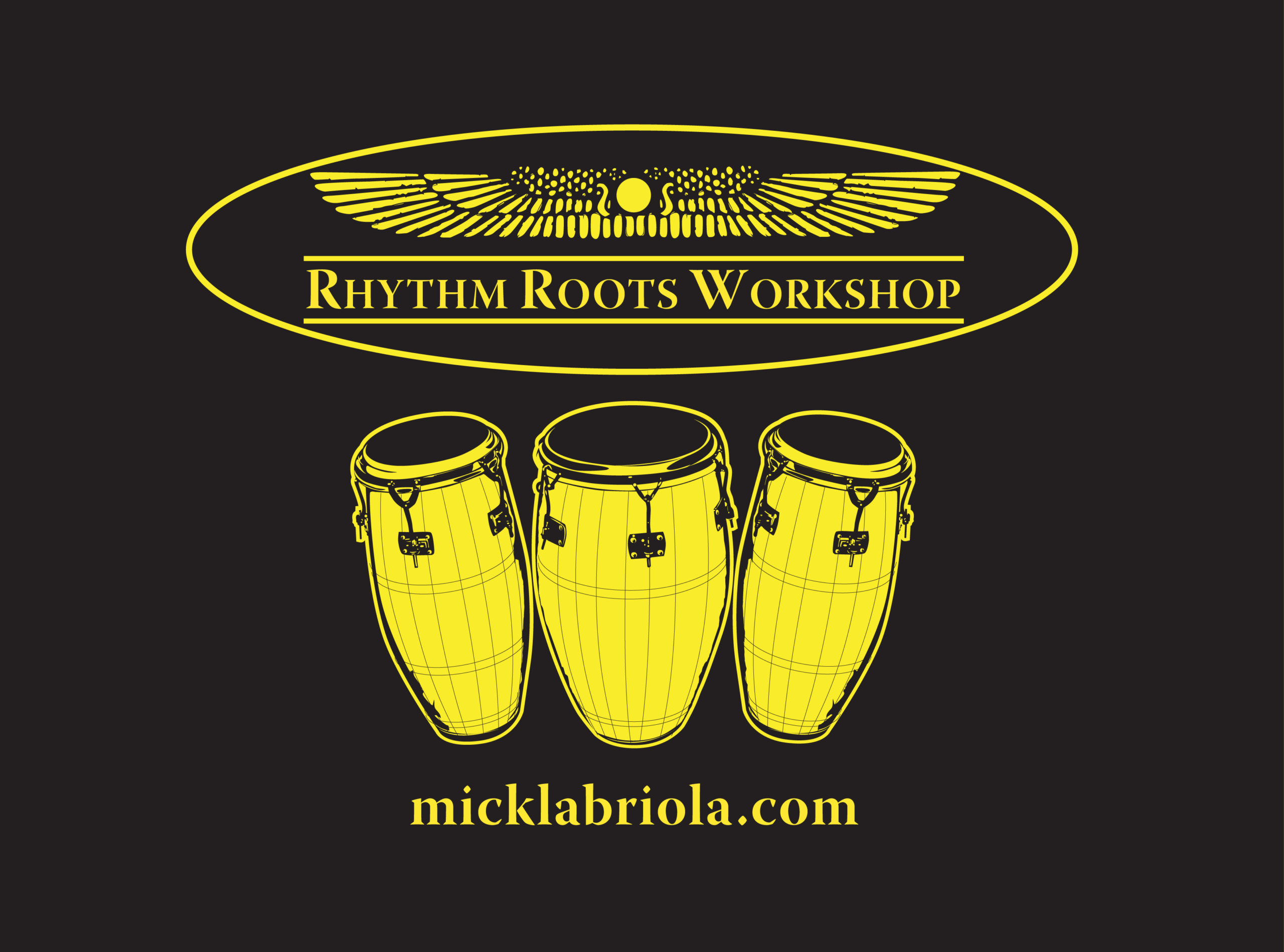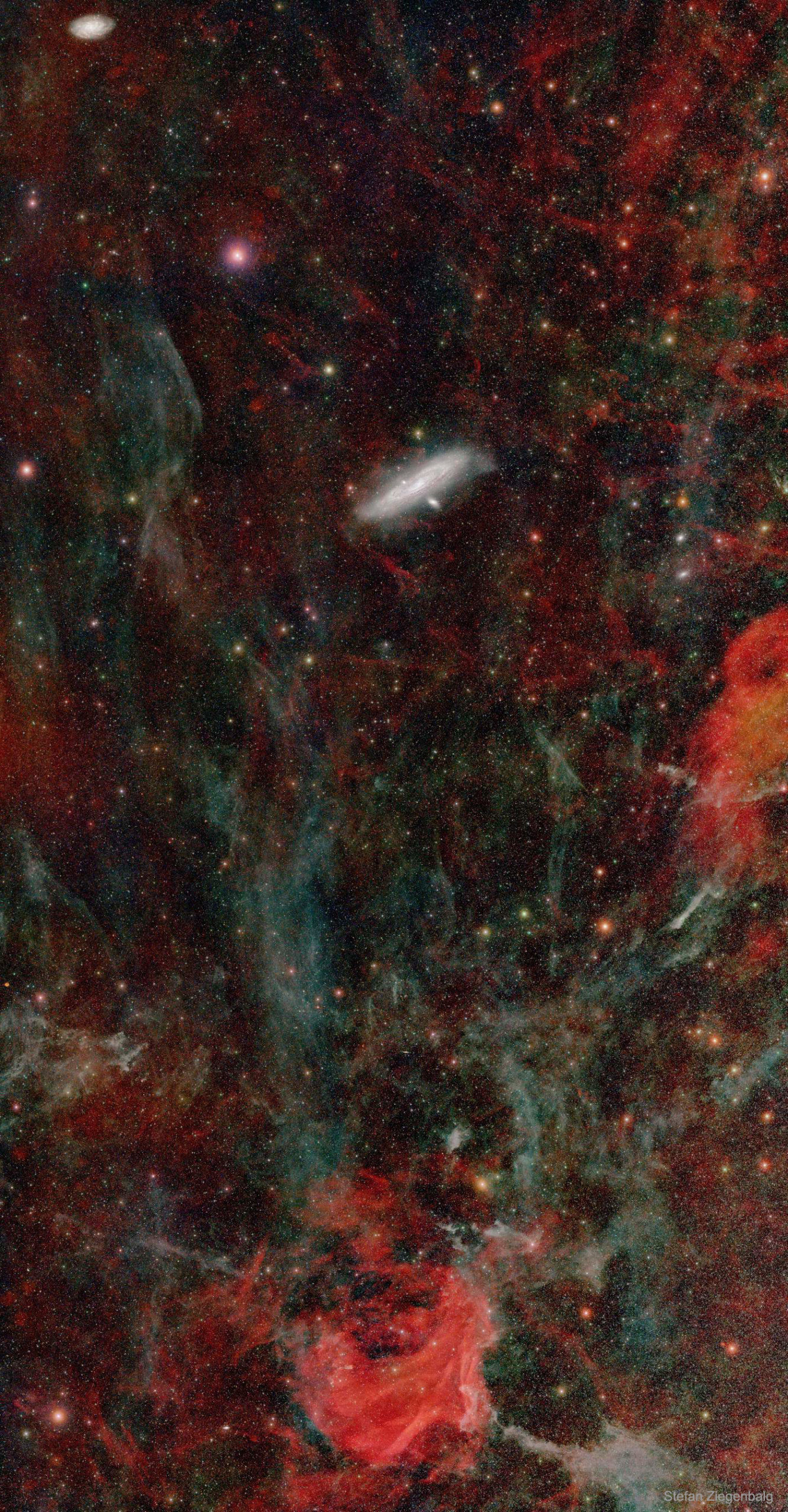Oliver Theophilus Jones, OC CQ (born September 11, 1934 in Little Burgundy, Montreal, Quebec) is a Canadian jazz pianist, organist, composer and arranger.
Born to Barbadian parents, Oliver Jones began his career as a pianist at the age of five, studying with Mme Bonner in Little Burgundy’s Union United Church, made famous by Trevor W. Payne‘s Montreal Jubilation Gospel Choir. He continued to develop his talent through his studies with Oscar Peterson‘s sister Daisy Peterson Sweeney starting at eight years old. In addition to performing at Union United Church when he was a child, he also performed a solo novelty act at the Cafe St. Michel as well as other clubs and theaters in the Montreal area. “I had a trick piano act, dancing, doing the splits, playing from underneath the piano, or with a sheet over the keys.”
He started his early touring in Vermont and Quebec with a band called Bandwagon, and in 1953–63 played mainly in the Montreal area, with tours in Quebec.
From 1964 to 1980 Jones was music director for the Jamaican calypso singer Kenny Hamilton, based out of Puerto Rico.
In late 1980 he teamed up with Montreal’s Charlie Biddle, working in and around local clubs and hotel lounges in Montreal. Jones was resident pianist at Charlie Biddle’s jazz club Biddles from 1981 to 1986. His first album, Live at Biddles recorded in 1983, was the first record on the Justin Time record label.
see full post...Roosevelt “Baby Face” Willette (September 11, 1933 – April 1, 1971) was an American hard bop and soul-jazz musician who played the Hammond organ.
He was born Roosevelt James Willett (no “e”), in Little Rock, Arkansas, in 1933 according to researchers Bob Eagle and Eric LeBlanc, though other sources state 1934 or 1937. According to the liner notes on his first Blue Note album, Grant’s First Stand, Willette was born in New Orleans.
His mother was a missionary who played the piano in the church where his father was a minister. As a result, his musical roots were in gospel. Willette became involved in music by playing the piano for various gospel groups, and accompanied his sisters Dorothy and Georgia, who toured and recorded as the Willett Sisters. He spent his early career travelling across the United States, Canada and Cuba, as pianist with the bands of King Kolax, Joe Houston, Johnny Otis and Big Jay McNeely, among others.
He made his first recording as Baby Face Willette (“Wake Up, Get Out” b/w “Cool Blues”) in Los Angeles in 1952, but soon moved to Chicago and married. He recorded tracks including “Can’t Keep From Lovin’ You” and “Why” for Vee-Jay Records that year, but they were not released until late 1955. He played in both rhythm and blues and jazz bands, playing piano before switching to organ around 1958. His organ playing was inspired by Jimmy Smith‘s work, though Willette’s style is more heavily influenced by gospel, blues and soul jazz than Smith’s. Willette was also a professional hairdresser. Before his time in New York City, he was based out of Milwaukee, playing with his vocalist wife Jo Gibson at clubs such as The Flame Club, The Pelican Club, The Moonglow and Max’s among others.
see full post...Faint comet Churyumov-Gerasimenko (67P) sweeps past background stars in the constellation Taurus and even fainter distant galaxies in this telescopic frame from September 7. About 5 years ago, this comet’s 4 kilometer spanning, double-lobed nucleus became the final resting place of robots from planet Earth, following the completion of the historic Rosetta mission to the comet. After wandering out beyond the orbit of Jupiter, Churyumov-Gerasimenko is now returning along its 6.4 year periodic orbit toward its next perihelion or closest approach to the Sun, on November 2. On November 12, the comet’s perigee, its closest approach to Earth, will bring it within about 0.42 astronomical units. Telescopes should still be required to view it even at its brightest, predicted to be in late November and December. On September 7 Rosetta’s comet was about 0.65 astronomical units away or about 5.4 light-minutes from our fair planet.

Roy Ayers (born September 10, 1940 LA,CA) is an American funk, soul, and jazz composer, vibraphone player, and music producer. Ayers began his career as a post-bop jazz artist, releasing several albums with Atlantic Records, before his tenure at Polydor Records beginning in the 1970s, during which he helped pioneer jazz-funk. He is a key figure in the acid jazz movement, and has been dubbed “The Godfather of Neo Soul”. He is best known for his compositions “Everybody Loves the Sunshine”, “Searchin”, and “Running Away”. At one time, he was said to have more sampled hits by rappers than any other artist.
see full post...William B. Lawsha, better known as Prince Lasha (/ləˈʃeɪ/), (September 10, 1929 – December 12, 2008)[1] was an American jazz alto saxophonist, flautist, and clarinetist.
He was born in Fort Worth, Texas, where he came of age studying and performing alongside fellow I.M. Terrell High School students John Carter, Ornette Coleman, King Curtis, Charles Moffett, and Dewey Redman.
Lasha moved to California during the 1950s. In the 1960s, he was active in the burgeoning free jazz movement, of which his Fort Worth cohort Ornette Coleman was a pioneer. Lasha recorded with Eric Dolphy (Iron Man and Conversations, both in 1963) and the Elvin Jones/Jimmy Garrison Sextet featuring McCoy Tyner (Illumination!, also in 1963).
see full post...Roy James Brown (September 10, 1920 or 1925 – May 25, 1981 Kinder, LA) was an American R&B singer, songwriter and musician, who had a significant influence on the early development of rock and roll and the direction of R&B. His original song and hit recording “Good Rockin’ Tonight” has been covered by many artists including Wynonie Harris, Elvis Presley, Bruce Springsteen, Paul McCartney, Joe Ely, Ricky Nelson, Jerry Lee Lewis, Pat Boone, James Brown, the Doors, and the rock group Montrose. Brown was one of the first popular R&B singers to perform songs with a gospel-steeped delivery, which was then considered taboo by many churches. In addition, his melismatic, pleading vocal style influenced notable artists such as B.B. King, Bobby Bland, Elvis Presley, Jackie Wilson, James Brown and Little Richard.
see full post...In flamenco a tango (Spanish pronunciation: [ˈtaŋɡo]) is one of the flamenco palos closely related in form and feeling to the rumba flamenca. It is often performed as a finale to a flamenco tiento. Its compás and llamada are the same as that of the farruca and share the farruca’s lively nature. However, the tango is normally performed in the A Phrygian mode. In some English sources the flamenco tango is written with an -s; “the tangos is…”
The flamenco tango is distinct from the flamenco rumba primarily through the guitar playing. In Rumba the guitar flows more freely, whereas in Tangos the accents on beats 2, 3 & 4 are marked clearly with heavy strumming.
Tangos is only vaguely related to Argentine tango, and objectively they only share compás binario or double stroke rhythm. The fact that Argentine tango is one of the first couple dances in America has led historians to believe that both could be based in a minuet-style European dance, therefore sharing a common ancestor, while those who compare the present day forms do not see them as related.
see full post...A star cluster around 2 million years young surrounded by natal clouds of dust and glowing gas, M16 is also known as The Eagle Nebula. This beautifully detailed image of the region adopts the colorful Hubble palette and includes cosmic sculptures made famous in Hubble Space Telescope close-ups of the starforming complex. Described as elephant trunks or Pillars of Creation, dense, dusty columns rising near the center are light-years in length but are gravitationally contracting to form stars. Energetic radiation from the cluster stars erodes material near the tips, eventually exposing the embedded new stars. Extending from the ridge of bright emission left of center is another dusty starforming column known as the Fairy of Eagle Nebula. M16 lies about 7,000 light-years away, an easy target for binoculars or small telescopes in a nebula rich part of the sky toward the split constellation Serpens Cauda (the tail of the snake).

David Sánchez (born 9 September 1968 in Guaynabo, Puerto Rico) is a Grammy-winning jazz tenor saxophonist from Puerto Rico.
Sanchez took up the conga when he was eight and started playing tenor saxophone at age 12. His earliest influences were Afro-Caribbean and danzabut also European and Latin classical. At 12 Sanchez attended La Escuela Libre de Musica, which emphasized formal musical studies and classical European styles and was much taken with a Miles Davis album, Basic Miles, featuring John Coltrane, as well as Lady in Satin, a 1958 album by Billie Holiday with strings, arranged and conducted by Ray Ellis. Sanchez considered a college career in psychology but auditioned at Berklee and Rutgers University. Sanchez chose Rutgers because he got a better scholarship and was near New York which was Sanchez’ goal. While at Rutgers, Sanchez studied with Kenny Barron, Ted Dunbar, and John Purcell.
see full post...Otis Ray Redding Jr. (September 9, 1941 – December 10, 1967 Dawson, GA) was an American singer and songwriter. He is considered one of the greatest singers in the history of American popular music and a seminal artist in soul music and rhythm and blues. Redding’s style of singing gained inspiration from the gospel music that preceded the genre. His singing style influenced many other soul artists of the 1960s.
Redding was born in Dawson, Georgia, and at age two, moved to Macon, Georgia. Redding quit school at age 15 to support his family, working with Little Richard‘s backing band, the Upsetters, and by performing in talent shows at the historic Douglass Theatre in Macon. In 1958, he joined Johnny Jenkins‘s band, the Pinetoppers, with whom he toured the Southern states as a singer and driver. An unscheduled appearance on a Stax recording session led to a contract and his first single, “These Arms of Mine“, in 1962.
Stax released Redding’s debut album, Pain in My Heart, two years later. Initially popular mainly with African-Americans, Redding later reached a wider American pop music audience. Along with his group, he first played small shows in the American South. Redding later performed at the popular Los Angeles night club Whisky a Go Go and toured Europe, performing in London, Paris and other major cities. He also performed at the Monterey Pop Festival in 1967.
Shortly before his death in a plane crash, Redding wrote and recorded his iconic “(Sittin’ On) The Dock of the Bay” with Steve Cropper. The song became the first posthumous number-one record on both the Billboard Hot 100 and R&B charts. The album The Dock of the Bay was the first posthumous album to reach number one on the UK Albums Chart. Redding’s premature death devastated Stax. Already on the verge of bankruptcy, the label soon discovered that the Atco division of Atlantic Records owned the rights to his entire song catalog.
Redding received many posthumous accolades, including two Grammy Awards, the Grammy Lifetime Achievement Award and induction into the Rock and Roll Hall of Fame, the Black Music & Entertainment Walk of Fame. and the Songwriters Hall of Fame. In addition to “(Sittin’ On) The Dock of the Bay,” “Respect” and “Try a Little Tenderness” are among his best-known songs.
see full post...Elvin Ray Jones (September 9, 1927 – May 18, 2004) was an American jazz drummer of the post-bop era.[1] He showed an interest in drums at a young age, watching the circus bands march by his family’s home in Pontiac, Michigan. He served in the United States Army from 1946 to 1949 and subsequently played in a Detroit house band led by Billy Mitchell. He moved to New York City in 1955 and worked as a drummer for John Coltrane, Charles Mingus, Teddy Charles, Bud Powell and Miles Davis.
From 1960 to 1966, he was a member of the John Coltrane quartet (along with Jimmy Garrison on bass and McCoy Tyner on piano), a celebrated recording phase, appearing on such albums as My Favorite Things, A Love Supreme, Ascension, and Live at Birdland. Following his work with Coltrane, Jones led several small groups, some under the name The Elvin Jones Jazz Machine. His brothers Hank Jones and Thad Jones were also jazz musicians with whom he recorded. He was inducted into the Modern Drummer Hall of Fame in 1995.
Elvin Jones was born in Pontiac, Michigan, United States, to parents Henry and Olivia Jones, who had moved to Michigan from Vicksburg, Mississippi. His two elder brothers, Hank Jones and Thad Jones, both became jazz musicians respectively on piano and trumpet. By age two, he said he knew he held a fascination for drums. He would watch the circus marching band parades go by his home as a boy, particularly fascinated by the drummers.
see full post...Rhythm Roots Workshop will continue to delve into world rhythms arming soldiers with historic roots culture and celebrating diversity through music. Wednesday September 8th 2021 10am-noon. 7th in a series of 9. Working with the Memory Loss unit.

Out in space, Andromeda (M31) is closely surrounded by several small satellite galaxies, and further out it is part of the Local Group of Galaxies — of which our Milky Way galaxy is also a member. On the sky, however, gas clouds local to our Milky Way appear to surround M31 — not unlike how water clouds in Earth’s atmosphere may appear to encompass our Moon. The gas clouds toward Andromeda, however, are usually too faint to see. Enter the featured 45-degree long image — one of the deeper images yet taken of the broader Andromeda region. This image, sensitive to light specifically emitted by hydrogen gas, shows these faint and unfamiliar clouds in tremendous detail. But the image captures more. At the image top is the Triangulum galaxy (M33), the third largest galaxy in the Local Group and the furthest object that can be seen with the unaided eye. Below M33 is the bright Milky-Way star Mirach. The image is the digital accumulation of several long exposures taken from 2018 to 2021 from Pulsnitz, Germany.

Ronald Charles McKernan (September 8, 1945 – March 8, 1973), known as Pigpen, was an American singer and musician. He was a founding member of the San Francisco band the Grateful Dead and played in the group from 1965 to 1972.
McKernan grew up heavily influenced by African-American music, particularly the blues, and enjoyed listening to his father’s collection of records and taught himself how to play harmonica and piano. He began socializing around the San Francisco Bay Area, becoming friends with Jerry Garcia. After the pair had played in various folk and jug bands, McKernan suggested they form an electric group, which became the Grateful Dead. He was the band’s original frontman as well as playing harmonica and electric organ, but Garcia and bassist Phil Lesh‘s influences on the band became increasingly stronger as they embraced psychedelic rock. McKernan struggled to keep up with the changing music, causing the group to hire keyboardist Tom Constanten, with McKernan’s contributions essentially limited to vocals, harmonica, and percussion from November 1968 to January 1970. He continued to be a frontman in concert for some numbers, including his interpretations of Bobby Bland‘s “Turn On Your Love Light” and the Rascals‘ “Good Lovin’“.
Unlike the other members of the Grateful Dead, McKernan avoided psychedelic drugs, preferring to drink alcohol (namely whiskey and flavored fortified wine). By 1971, his health had been affected by alcoholism and liver damage and doctors advised him to stop touring. Following a hiatus, he resumed touring with the group in December 1971 but was forced to retire from touring altogether in June 1972. McKernan was found dead of a gastrointestinal hemorrhage on March 8, 1973, aged 27, and is buried at Alta Mesa Memorial Park in Palo Alto.
see full post...Charles “Specs” Wright (September 8, 1927 – February 6, 1963) was an American jazz drummer born in Philadelphia.
Wright played drums in an Army band until his discharge in 1947. Following this he played in a group with Jimmy Heath and Howard McGhee. In 1949 he joined Dizzy Gillespie‘s band alongside John Coltrane, remaining until it disbanded in mid-1950. Later in 1950 he was a member of Gillespie’s sextet with Coltrane, Jimmy Heath, Percy Heath, and Milt Jackson. In the 1950s, Wright played with Earl Bostic, Kenny Drew, Cannonball Adderley, Art Blakey, and Carmen McRae, and gigged locally in Philadelphia. He was with Hank Mobley in 1958 with his septet alongside Billy Root, Curtis Fuller, Ray Bryant, Tommy Bryant, and Lee Morgan. Following this Wright played with Sonny Rollins, Betty Carter, Red Garland, Coleman Hawkins, and Lambert, Hendricks and Ross. He died in 1963. He was interred in Beverly National Cemetery in Beverly, New Jersey.
see full post...